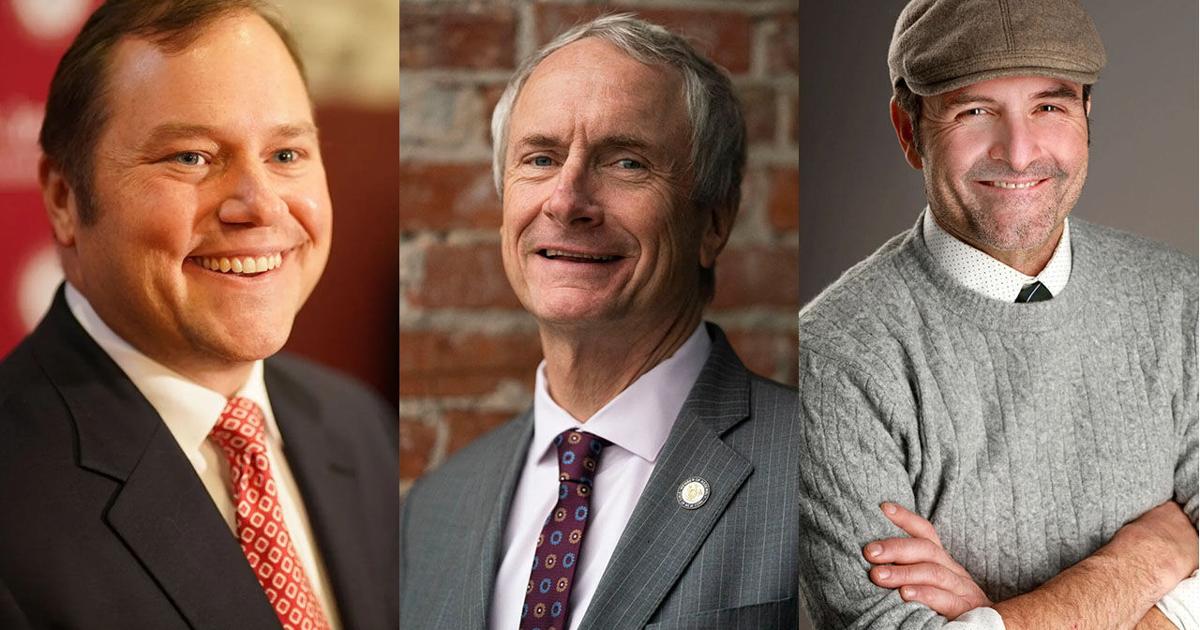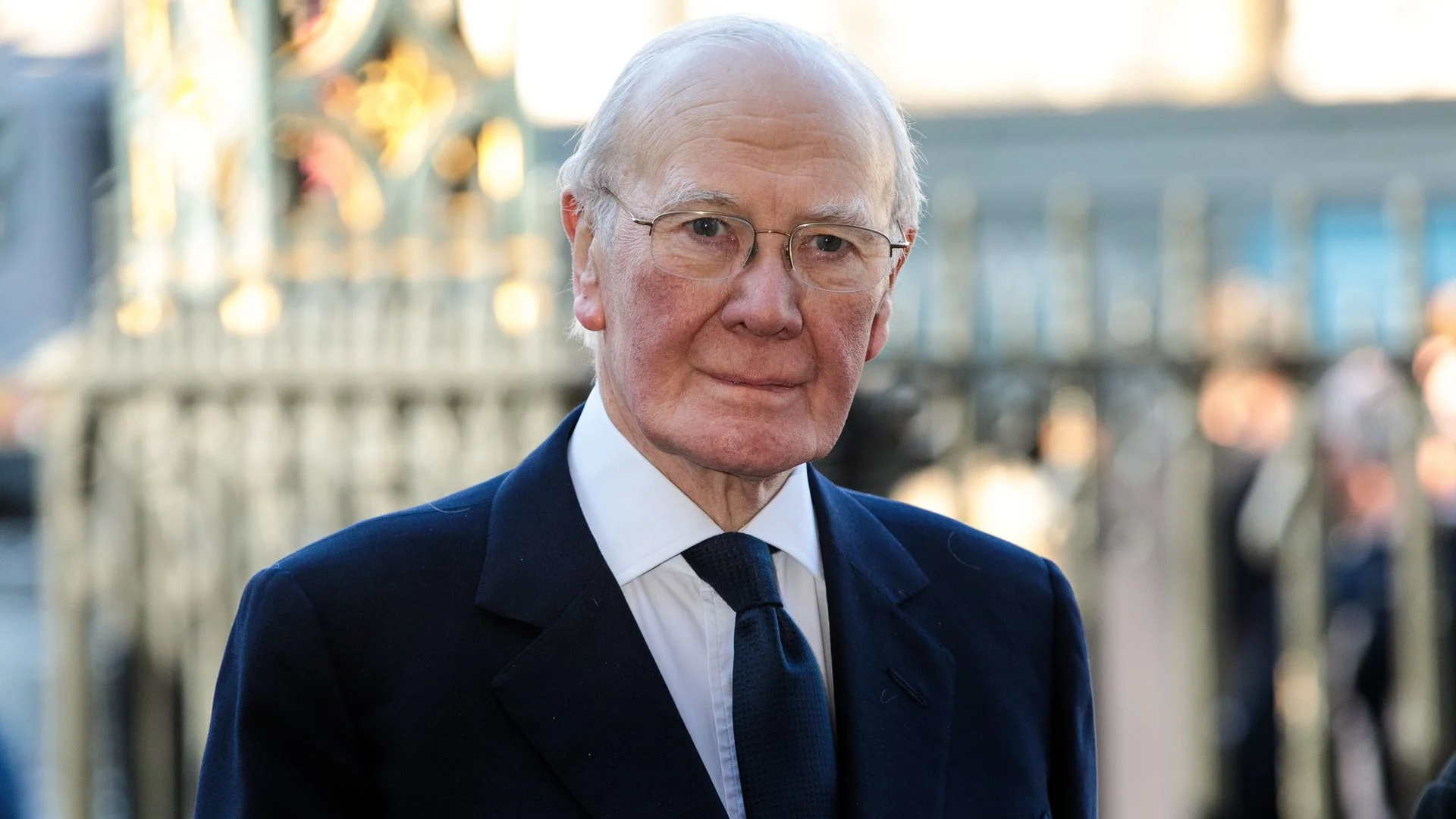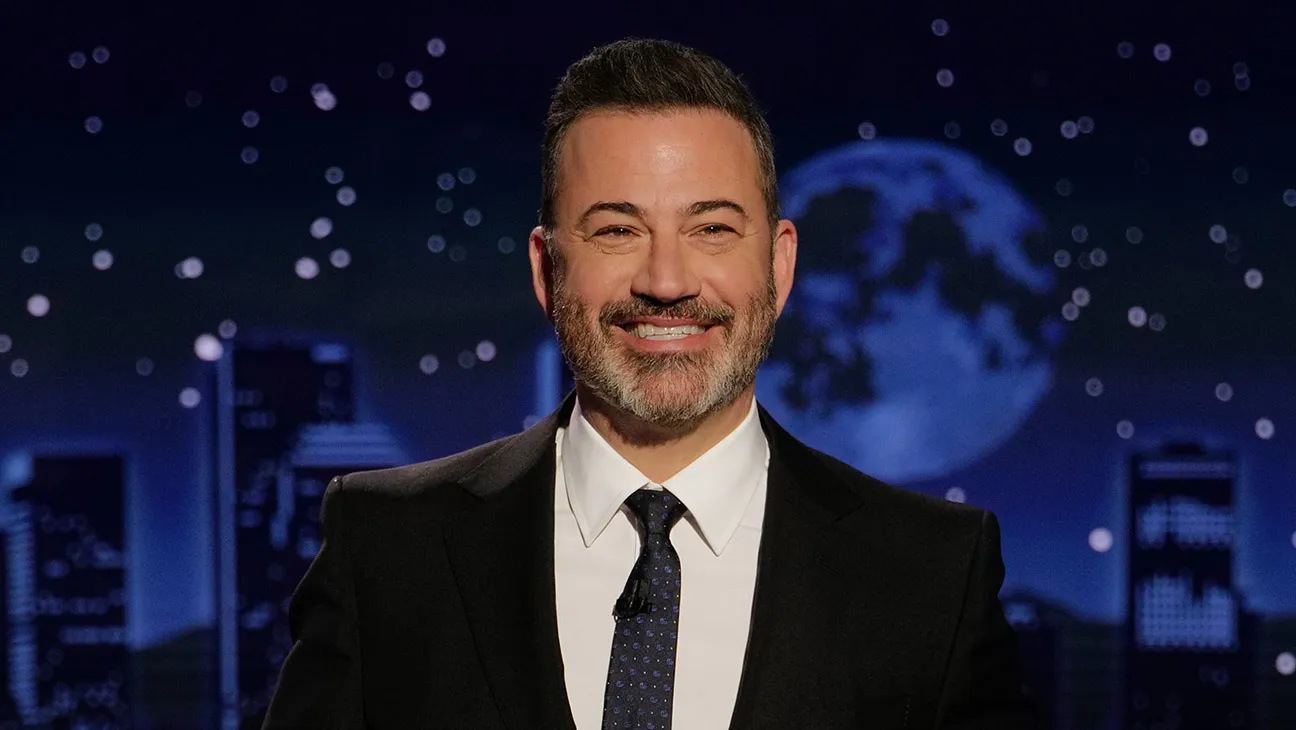
When the new mayor takes office in January, he will be walking into one of the most difficult financial situations in decades, including a structural imbalance in the budget that earlier this year was estimated to be as high as $70 million.
Mayor Christopher Scanlon, who became acting mayor last October when former Mayor Byron Brown resigned, closed the gap on that deficit through belt tightening, an increase in property taxes and several revenue-raising measures, including the sale of city parking ramps and the introduction of a new hotel bed tax. Still, the city may have to turn to short-term borrowing to fill the gap if any of those tactics do not materialize or unexpected costs further burden the city before the end of the fiscal year next June.
The deficits have been a reality for nearly a decade under Brown, who routinely overestimated revenues and underestimated costs in his budgets. He relied on reserve funds and one-time windfalls like the American Rescue Plan funds to bridge the gap at the end of fiscal years, keeping taxes flat for most of his 19 years in office.
The three candidates on the ballot in November – Republican James Gardner, Democrat Sean Ryan and independent Michael Gainer – each have plans to bring the books into balance. There is no wiggle room, since there are no available reserve funds to help them as they move forward.
Below are details on their plans as explained in interviews with The Buffalo News, public statements and campaign materials. This is the first in a series of articles detailing the candidates’ policy platforms on critical issues facing Buffalo as City Hall will see its first newly elected mayor in 20 years.
Gardner looks at cutting costs
Gardner, an attorney who previously served as a confidential law clerk to Erie County Court Judge Kenneth Case and as a prosecutor for Erie County, differs from the other two candidates in that he is not looking to tax increases to raise revenues.
“You’re not taxing your way out of this problem,” Gardner said.
Instead, he plans to look at cost cutting, including personnel. A review of city budget books, he said, shows a growth in personnel in recent years in certain departments, pointing to the Mayor’s Office staff, which has grown in recently and could be reduced to create significant savings.
“You could easily cut $2 million to $3 million there alone,” Gardner said.
He said he could achieve as much as $30 million through “rightsizing” city government, a term he often uses in describing his plans for city government.
While Gardner is reticent to add to the city’s long-term debt burden, he said he does plan to use short-term borrowing, though he stresses that his administration would identify dedicated revenue streams to pay for the debt service on any deficit bonding before going to market.
Gardner plans to “borrow and pledge that revenue toward a deficit bond that will free up $30 million in borrowing that we can use to close the budget deficit,” Gardner said.
In addition, Gardner said he believes he can facilitate building and development, particularly on the city’s East Side .
“We’re going to look at the East Side of Buffalo with all that ocean of available land, the urban prairie that is riddled with garbage and mattresses and tires, and we’re going to return that vacant land back to the tax rolls, because we’re going to start building, not only affordable single-family homes, but we’re going to start building market-rate single-family homes,” he said.
He said he hopes to shift away from a rental affordable housing model – an area that is largely influenced by state and federal tax credits – pointing to the high cost of many subsidized affordable housing projects. Instead he wants more single-family homes with payments going toward mortgages.
“That’s how you generate generational wealth,” Gardner said. “That’s how you start building residential density, and that’s how you start rebuilding a commercial district that we can all be proud of.”
Ryan plans to make staff more effective
Ryan, a state senator who was first elected the state Legislature 12 years ago as a member of the Assembly and was an attorney before entering politics, has acknowledged that more property tax increases will be a part of his administration’s plan to close the gap. But Ryan said he won’t know what that will look like until he has access to the full financial books of the city.
To keep the burden for property owners to a minimum, he plans to use as many different tools as are available, such as increased efficiencies through partnerships, using available funding through state and federal money and grant funding.
Part of his plan also includes potentially asking the city’s control board, which can borrow on behalf of the city, to go to the bond market to help the city lessen tax increases as it brings its books into balance.
“We need to work with New York State, and we need to figure out how we can get a soft landing from the state as we’re bringing up our revenues,” said Ryan, who often touts his Albany relationships through his time with the Legislature. “We can’t bring our (tax) revenues up too much, too fast, because it would be a shock to so many of our citizens.”
Ryan also pointed to the return of fallow property to the tax rolls and the preservation of properties at risk of becoming vacant as key ways to bolster revenues. He has often highlighted state housing programs, including one he helped institute that offers grants to homeowners to repair apartments that are not in use, as solutions that will help the city financially and help alleviate its affordable housing crisis.
He said that his administration will look for ways to make staff more effective at delivering services. But he doesn’t see much fat to cut on the personnel side, especially as residents have told him they want more services.
“We always want to have efficient government. We always want to make sure we’re not duplicating services,” Ryan said. “But you’re not going to get out of this budget mess by cutting people.”
Gainer will tap into institutional knowledge
Gainer has been organizing in the community and starting mission-driven small businesses on Buffalo’s East Side since shortly after moving to the city 20 years ago. As mayor, he said he would use that expertise in running payrolls, looking for efficiencies and building culture to help turn around the city’s dire financial position.
The first step in finding solutions, he said, will be tapping into the institutional knowledge at City Hall from department heads to longtime employees out in the field to figure out what is working and what is not.
“They’re the people that have the knowledge and the experience and the insight to how our city has worked, and also those insights into what the deficiencies are and how we can make it better and how we can improve,” Gainer said.
In terms of property taxes, Gainer has not ruled out increases, but said he needs access to the full financials and to plan with city employees before he can give specifics. However, he has said that any increases would take into account social equity.
“We have to look at creative solutions like land valuation tax to see how we can generate more revenue from our … parking lots downtown, and looking at existing solutions and best practices that can bring more revenue,” Gainer said.
Gainer said he, like Gardner, is hesitant to add to the city’s debt burden to get out of the financial hole, though he said he needs to have more conversations with experts before making any final decisions on borrowing.
“Our debt issue is one that needs to be addressed, and it’s not just as simple as debt borrowing,” he said.
And like the other candidates, Gainer said returning vacant buildings and land to use will be a key part of his plan. He has advocated for the full removal of the Kensington Expressway as a member of the Restore Humboldt Parkway group, a move that he said would spur economic development and bring in hundreds of millions of dollars in private investment.
“That’s money that we can leverage to build business capacity, to not just stabilize businesses, but to create and support small businesses,” Gainer said. “Those small businesses create employment opportunities, and that’s how we drive growth.”
Get Government & Politics updates in your inbox!
Stay up-to-date on the latest in local and national government and political topics with our newsletter.
* I understand and agree that registration on or use of this site constitutes agreement to its user agreement and privacy policy.
Justin Sondel
Get email notifications on {{subject}} daily!
Your notification has been saved.
There was a problem saving your notification.
{{description}}
Email notifications are only sent once a day, and only if there are new matching items.
Followed notifications
Please log in to use this feature
Log In
Don’t have an account? Sign Up Today



